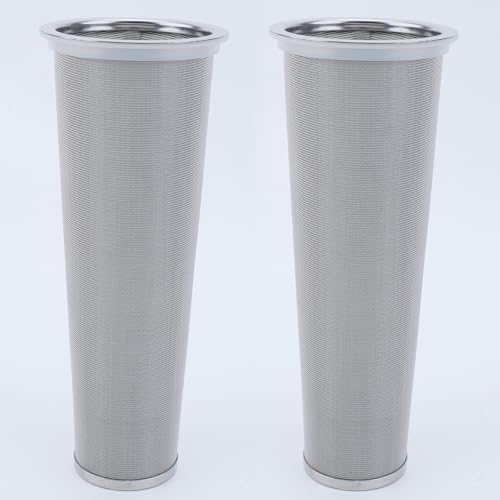When I first started doing all grain batches, I had a very different grain bill composition than I do today. At the beginning, I used more caramel Malts (caro 20, caro 40, caro 60) to attain the color I was looking for, and now I rarely use them at all. In lieu of those grains, I might add some Munich dark, or biscuit, or Viking 100 to a get slight color bump. I used to use flaked oatmeal for stouts and now it is just flaked barley. I used to use Red X a lot more but almost never used it now (it's gone and I don't plan on buying any more... Just use pale ale malt and get the reddish color with some melanoidin and a small amount of dark roast).
Decreased usage
Cara Malts, flaked Oats, honey malt, red x, big brand base Malts (I now get them local).
Increased malt usage
Local base Malts, biscuit, melanoidin, flaked barley, acidulated malt, chit, rice hulls.
I am curious how others have evolved in the malt usage - what Malts do you use now and what did you once use that is rarely used today?
Decreased usage
Cara Malts, flaked Oats, honey malt, red x, big brand base Malts (I now get them local).
Increased malt usage
Local base Malts, biscuit, melanoidin, flaked barley, acidulated malt, chit, rice hulls.
I am curious how others have evolved in the malt usage - what Malts do you use now and what did you once use that is rarely used today?


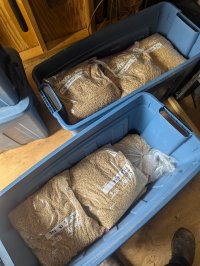







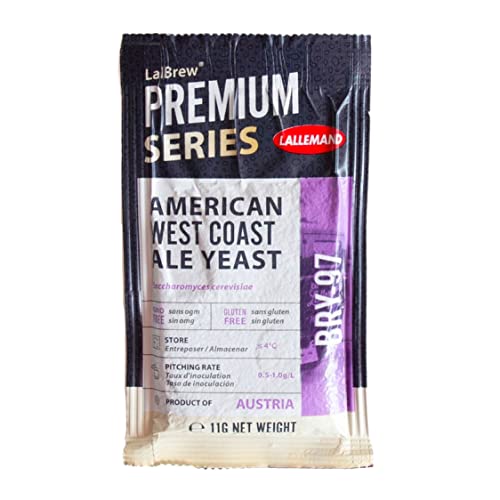


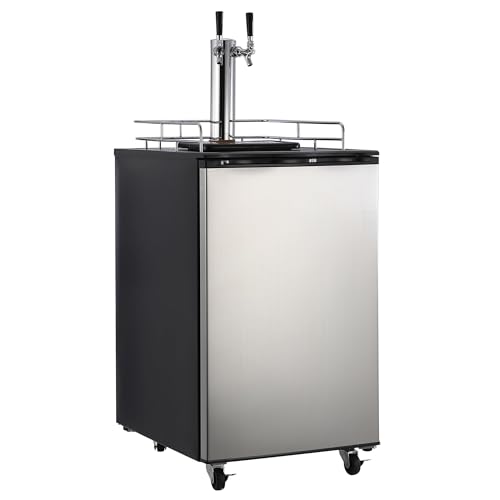

























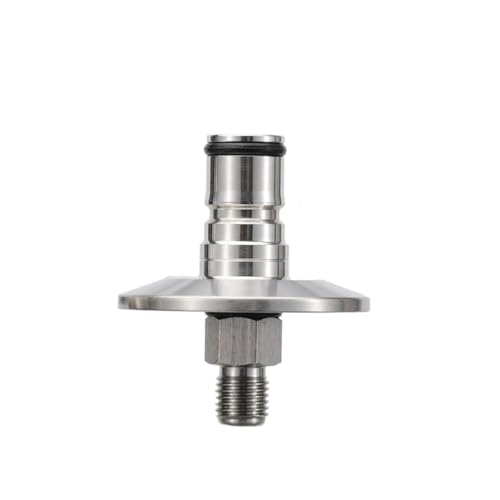

![Craft A Brew - Safale S-04 Dry Yeast - Fermentis - English Ale Dry Yeast - For English and American Ales and Hard Apple Ciders - Ingredients for Home Brewing - Beer Making Supplies - [1 Pack]](https://m.media-amazon.com/images/I/417FujUfrWL._SL500_.jpg)






